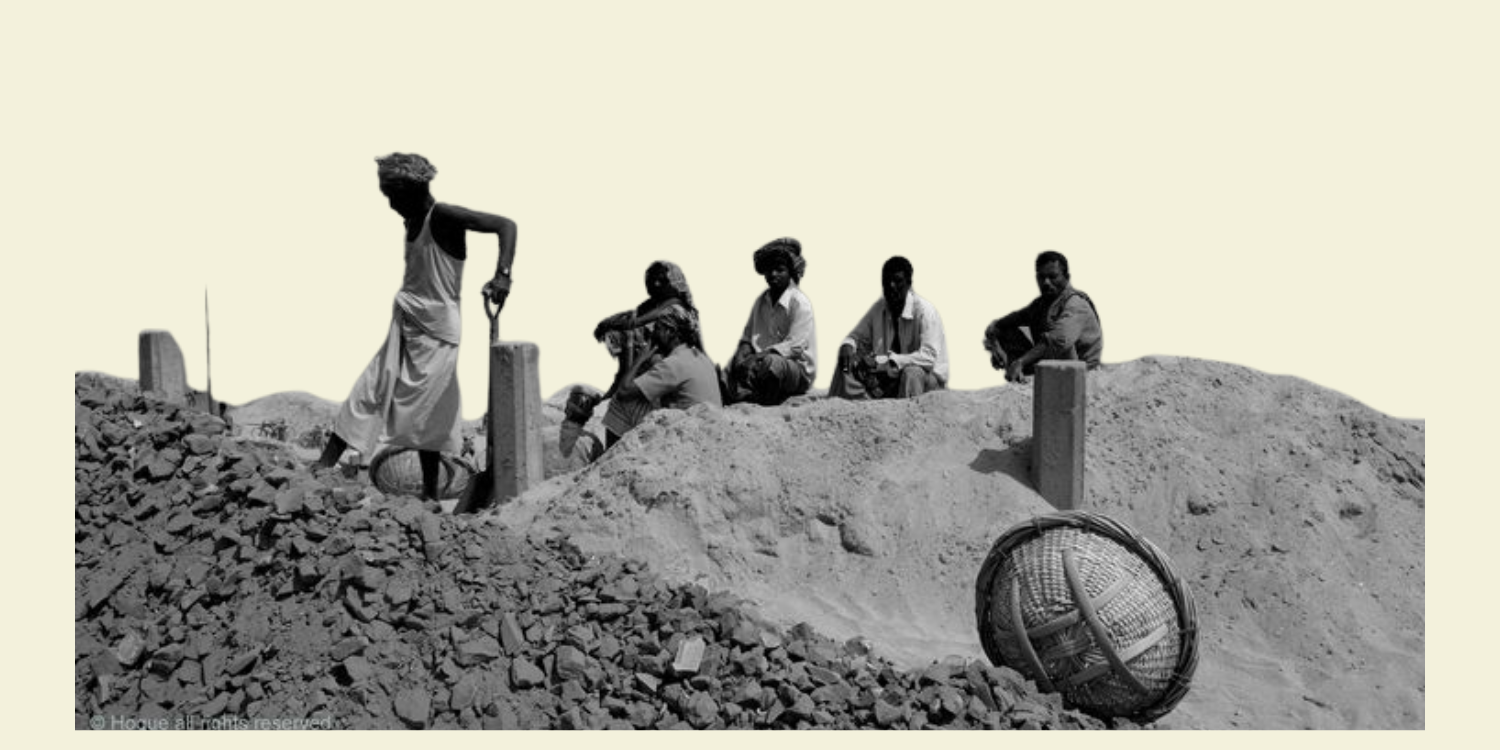ABSTRACT
The conventional idea is that, for an army to perform well in battle, physical fitness is vital. Emphasis is rarely placed on the mental or psychological health of the soldier, which could be impacted by prolonged exposure to situations and threats of extreme violence in sustained military actions as well as by the
isolation and deprivation that comes from lack of regular contact with friends and family, amongst other issues (Pillay 2018). This impact can aggravate other medical conditions and ailments and usually extends beyond active service period into the post-retirement life.
INTRODUCTION
The conventional idea is that, for an army to perform well in battle, physical fitness is vital. Emphasis is rarely placed on the mental or psychological health of the soldier, which could be impacted by prolonged exposure to situations and threats of extreme violence in sustained military actions as well as by the
isolation and deprivation that comes from lack of regular contact with friends and family, amongst other issues (Pillay 2018). This impact can aggravate other medical conditions and ailments and usually extends beyond active service period into the post-retirement life.
There is a lot of stigma around mental health, with such issues being viewed as something that weaken the soldier and thus should be hidden. Stigma has been identified as one of the critical issues preventing service members from seeking help for mental health symptoms or disorders (Acosta, Becker, Cerully et
al. 2014:1). This stigma continues to follow them into the mainstream society post-retirement, where these retired personnel tend to be seen as “damaged” and incapable of joining the larger workstream, thus, limiting the pool of jobs that these former members of forces can apply for.
Without appropriate treatment, these mental health symptoms or disorders can have an impact that is wide-ranging as well as negative, affecting the quality of life as well as the social, emotional, and cognitive functioning of affected service members (Ibid). US-based research shows that one-fourth of all military members have symptoms of at least one mental health condition, and one-tenth of them qualify for a diagnosis of two or more mental illnesses.
Some soldiers do enter the military with mental health problems, but most are acquired while in service (Schoenbaum, Kessler, Gilman et al. 2014). The main conditions include post traumatic stress disorder (PTSD), generalised anxiety disorder (GAD), panic disorder, and substance use disorder (Science Daily 2018).





